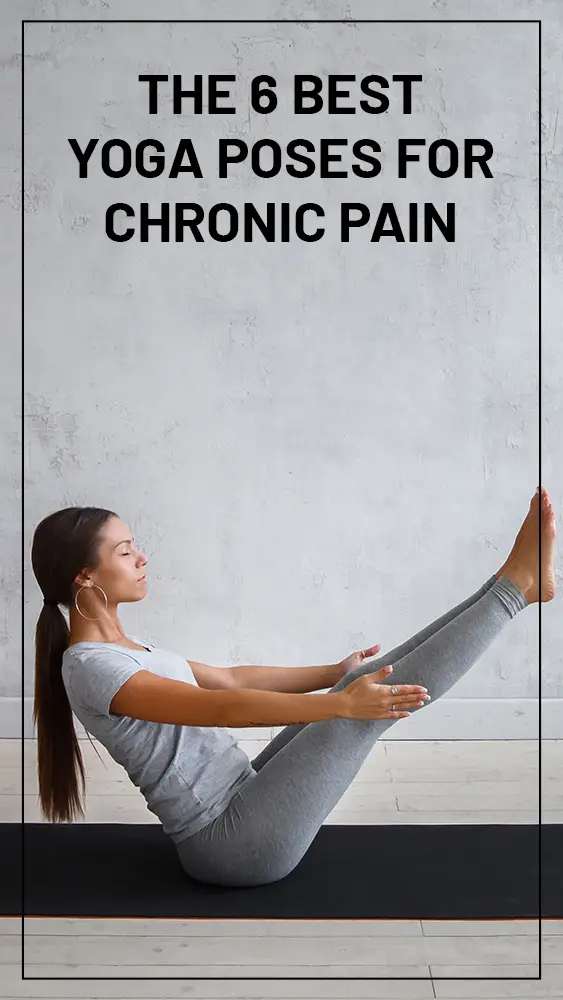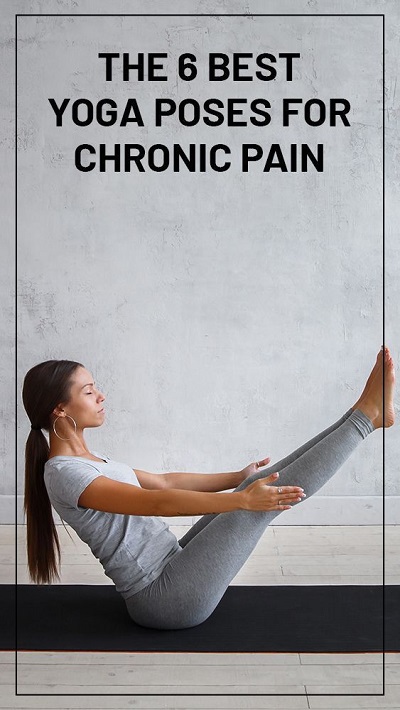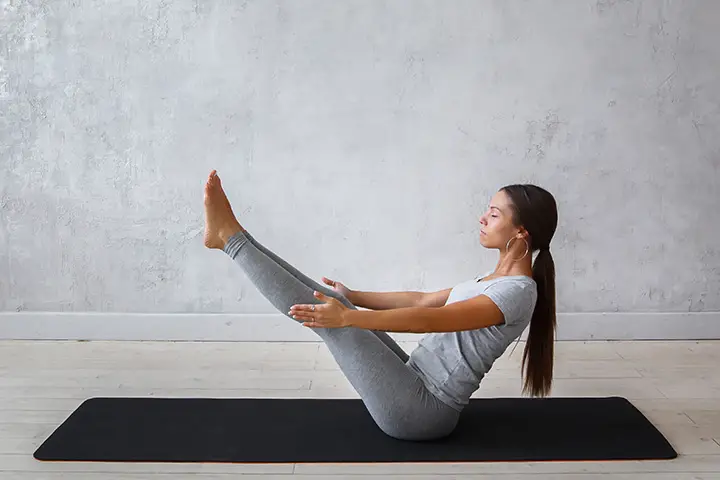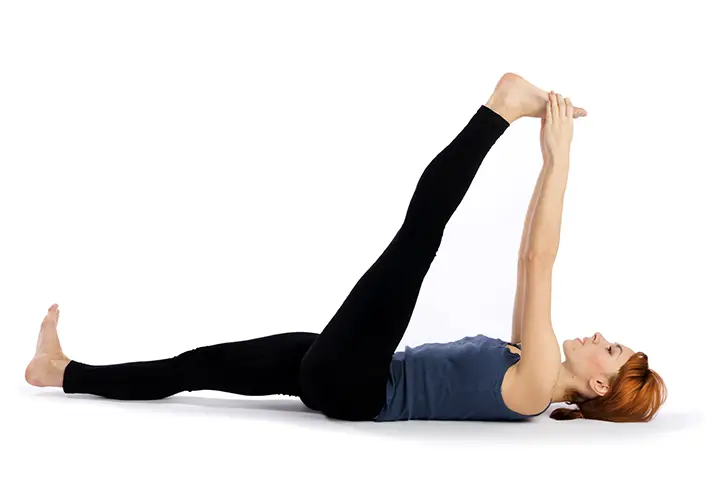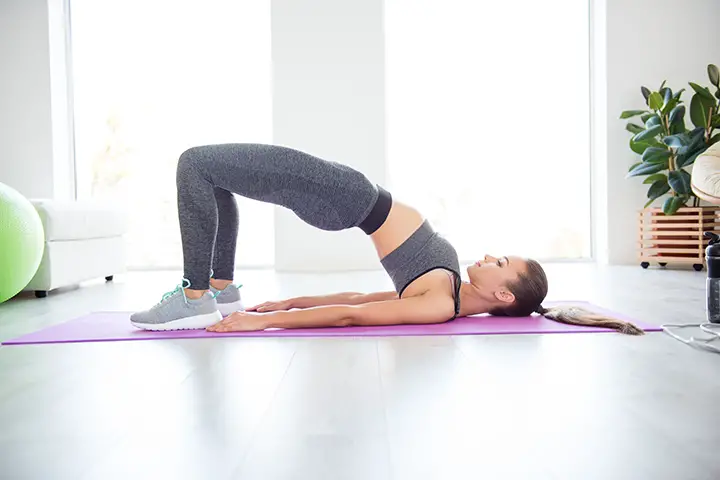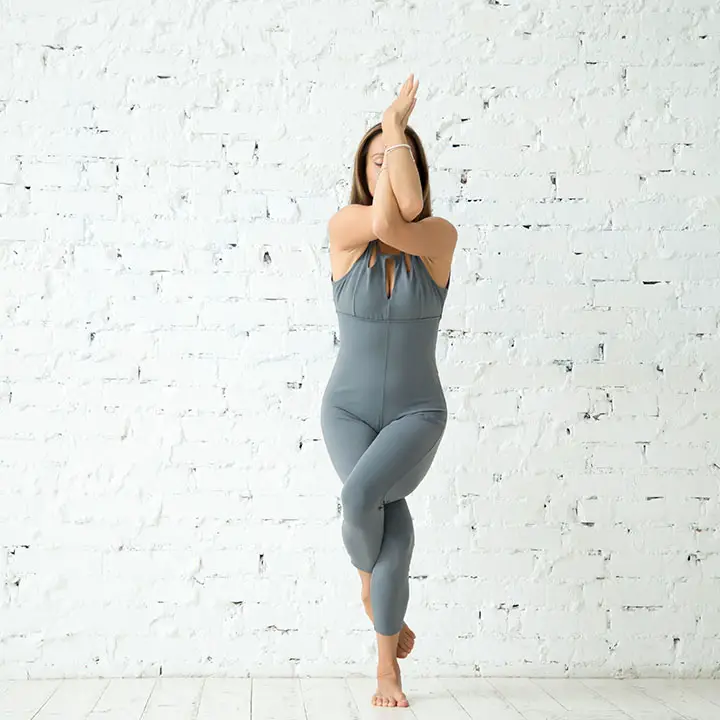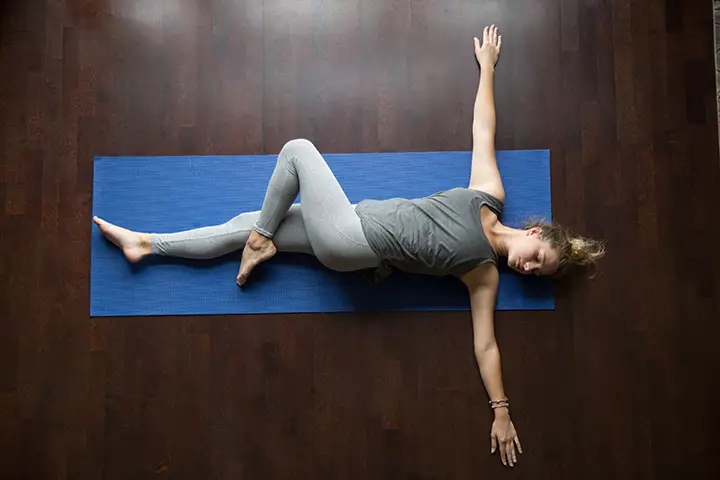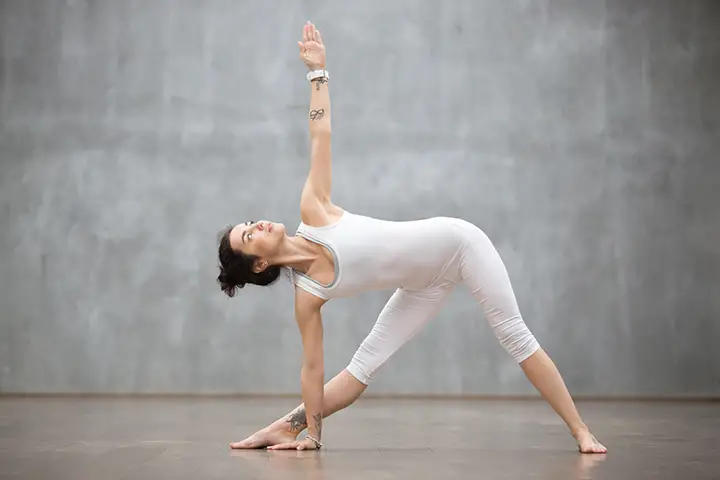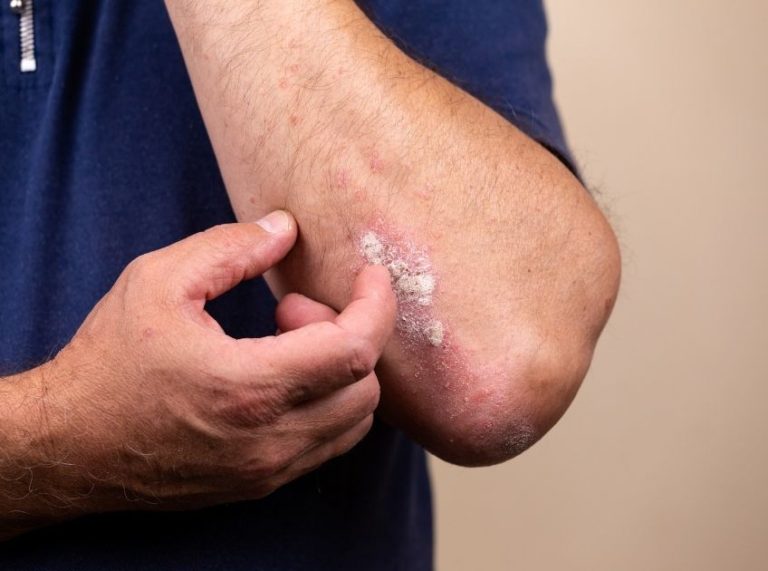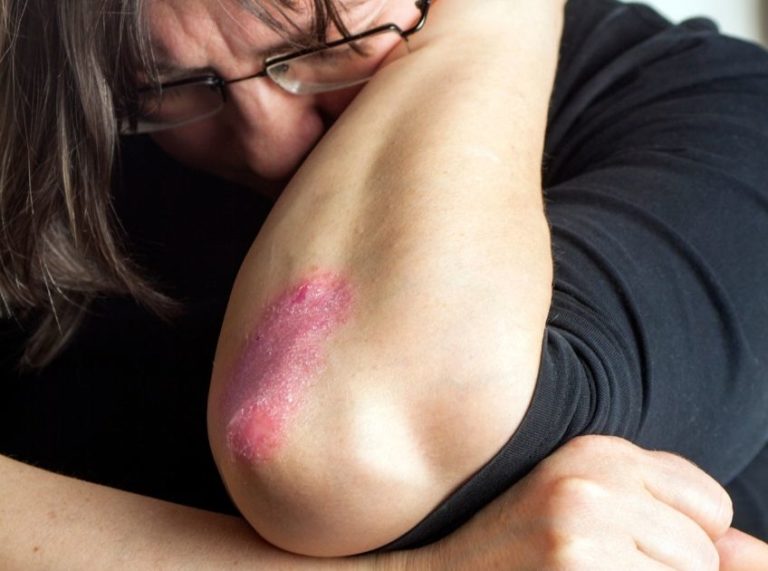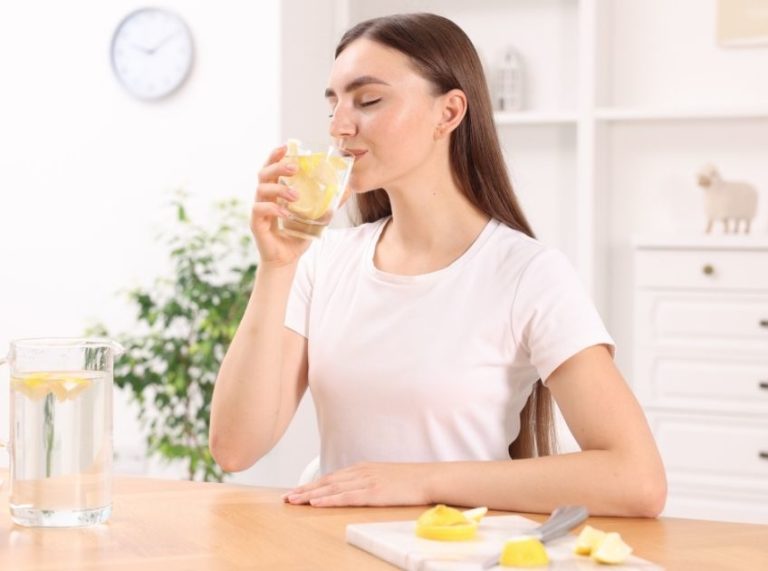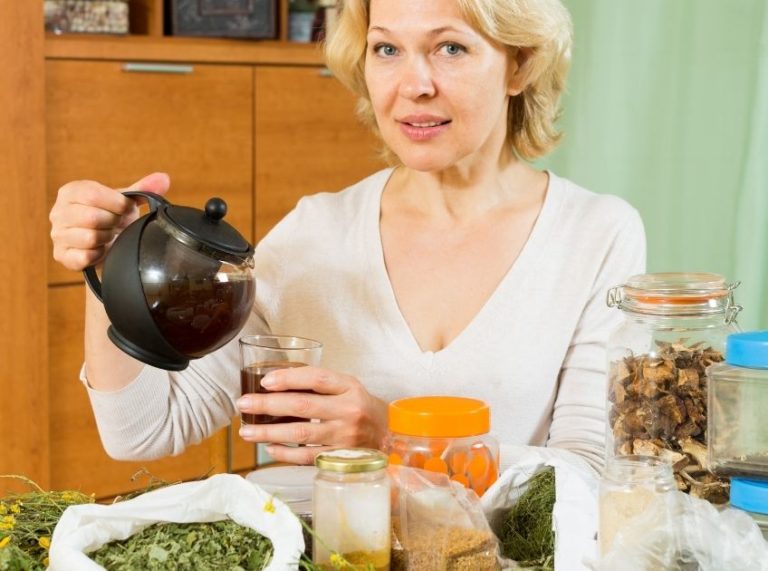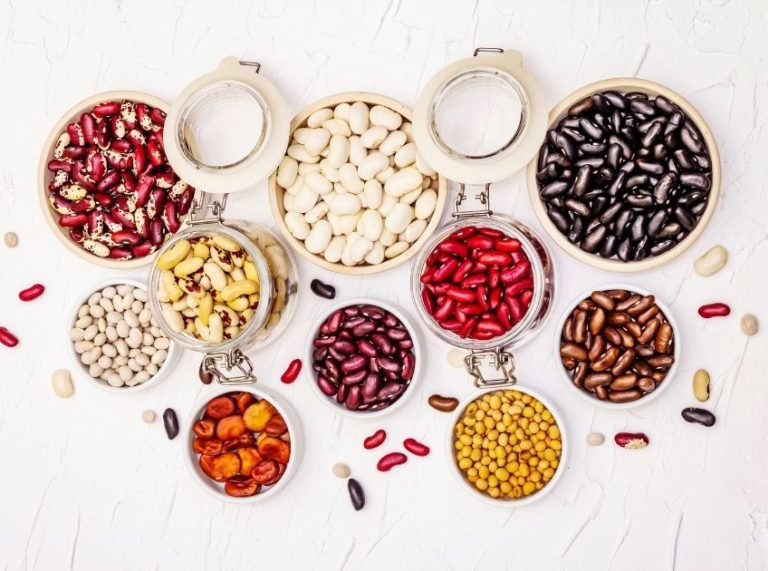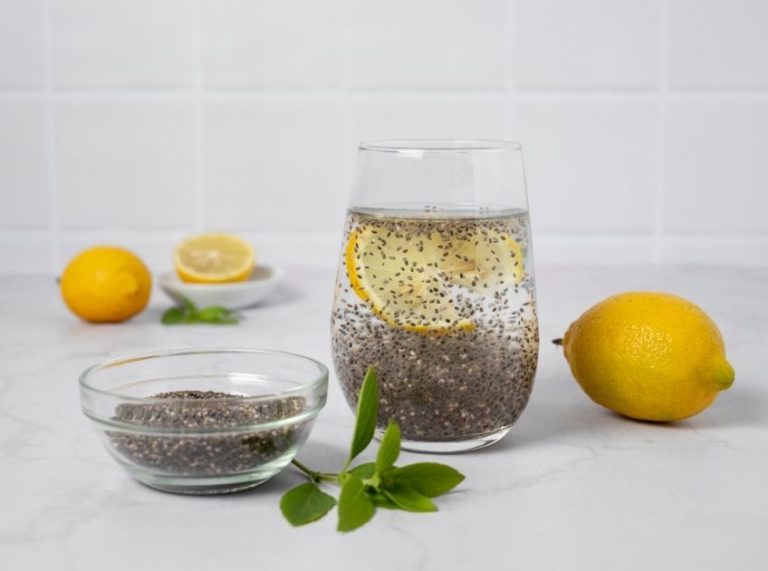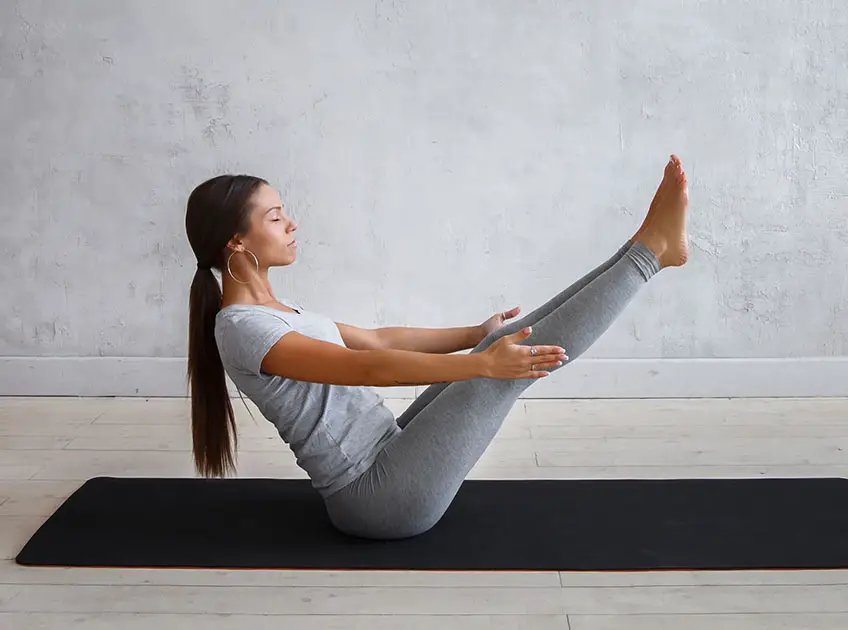
Important: This article is for informational purposes only. Please read our full disclaimer for more details.
Pain occurs when your body is signaling that something is wrong with it. When you fix the problem, the pain should go away. But in the case of chronic pain, the pain lasts longer. If the pain lasts for 3 to 6 months, then it can be termed as chronic. Usually, when a body recovers from injury, the nerves send messages to the brain cells signaling repair which is when the pain subsides. Whereas in the case of chronic pain, either due to some problem with the nerves or because of the improper working of the brain cells, the message is not received and the pain continues.
Chronic pain makes you sore, stiff and tight. It is a complex phenomenon that doctors and researchers are trying to figure out. It is deeply rooted in trauma felt during injury or illness and its effect on the mind-body relationship. Chronic pain is a mentally, emotionally and physically challenging problem and yoga is a perfect solution for it as it can provide a holistic treatment to provide relief from chronic pain.
Yoga Poses to Try for Chronic Pain
Yoga is a healing practice which has a range of restorative poses and breathing exercises that help deal with a complex problem like chronic pain.
Chronic pain makes you hopeless and frustrated. You wonder how pain in a particular part of your body can crumble your being. You feel dejected and weak. In such a situation, yoga’s gentle and restorative moves provide you solace and help you deal with the problem better.
The following yoga poses to open up your body and train your being to fight with chronic pain in a more engaging and abiding manner.
1. Boat Pose (Navasana)
Navasana or the Boat Pose looks like a boat sailing in a river. It also looks like a ‘V’ shape. The pose is an intermediate level Ashtanga yoga asana. Practice it in the morning or evening on an empty stomach and clean bowels. Hold the pose for 10 to 60 seconds.
Benefits: Boat Pose improves digestion and stimulates the thyroid gland. It strengthens your abdominal muscles and strengthens your hamstrings. The pose improves balance and relieves stress.
[ Recommended: Yoga Poses for Neck Pain Relief ]
2. Reclined Hand to Big Toe Pose (Supta Padangusthasana)
Reclined Hand to Big Toe Pose (Supta Padangusthasana) is an incredible stretch practiced by many without realizing that it is a yoga asana. The pose is a beginner level Iyengar yoga asana. Practice it in the morning on an empty stomach. Hold the pose for 30 seconds.
Benefits: Supta Padangusthasana reduces stiffness in the lower back. It relieves arthritis pain in the hips and knees. The pose is therapeutic for high blood pressure and provides relief from menstrual discomfort.
3. Bridge Pose (Setu Bandhasana)
Bridge Pose (Setu Bandhasana) is an asana that resembles the structure of a bridge. The pose is a beginner level Vinyasa yoga asana. Practice it in the morning on an empty stomach and clean bowels. Hold the pose for 30 to 60 seconds.
Benefits: Bridge Pose stretches your neck and chest. It strengthens your buttocks and improves blood circulation in the body. The pose calms the central nervous system and reduces depression.
4. Eagle Pose (Garudasana)
Eagle Pose (Garudasana) is an asana that is named after a bird in Indian mythology called Garuda. The pose is a beginner level Vinyasa yoga asana. Practice it in the morning or evening on an empty stomach. Hold the pose for 15 to 30 seconds.
Benefits: Eagle Pose reduces sciatica and rheumatism. It stretches your upper back and strengthens your calves and also removes cramps in the calf muscles. The pose betters the neuro-muscular coordination.
5. Supine Spinal Twist (Supta Matsyendrasana)
Supine Spinal Twist (Supta Matsyendrasana) is an asana that is named after a yogi called Matsyendra. It is a restorative yoga pose. The pose is a beginner level Hatha yoga asana. Practice it in the morning on an empty stomach. Hold the pose for 30 to 60 seconds.
Benefits: Supta Matsyendrasana massages your back and hips. It relaxes your spine and massages your abdominal muscles. The pose removes toxins from your body and encourages a fresh flow of blood.
6. Triangle Pose (Trikonasana)
Triangle Pose (Trikonasana) is an asana that looks like the shape of a triangle. You need to keep your eyes open in Trikonasana. The pose is a beginner level Vinyasa yoga asana. Practice it in the morning on an empty stomach. Hold the pose for 30 seconds.
Benefits: Triangle Pose stretches your arms and thighs. It even stretches your shoulders and relieves anxiety. It increases the mental and physical equilibrium. The pose increases your stamina and energy.
Chronic pain is common in elderly. It also occurs in those who do an intense physical activity or play sports. Pain for a while is okay. It builds your ability to fight back and become stronger. But consistent pain makes you weak. It takes away your courage and spirit, and you need to find a solution to it before it completely takes over and destroys you. Yoga is a perfect escape plan. Try it.
Recommended Topics:
- How to Use Turmeric for Arthritis Pain?
- How to Use Black Cohosh for Menopause Relief at Home
- YYoga for Herniated Disc – 5 Effective Poses To Treat Herniated Disc
- 7 Best Creams For Sciatica Pain
- 7 Essential Oils for Inflammation: How To Use Them
